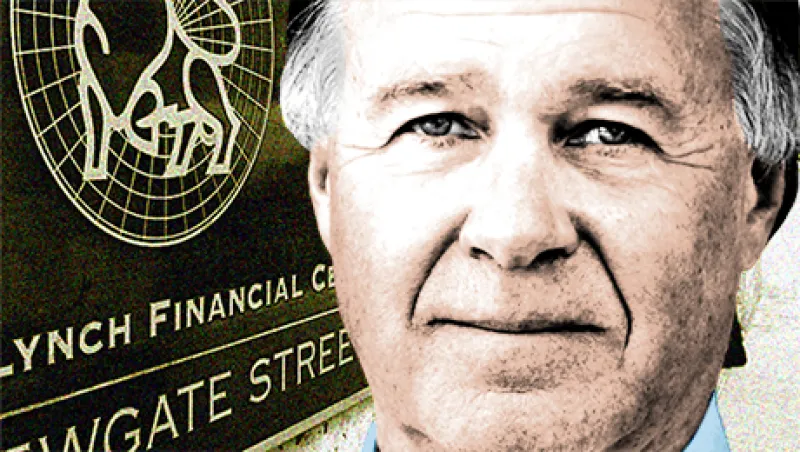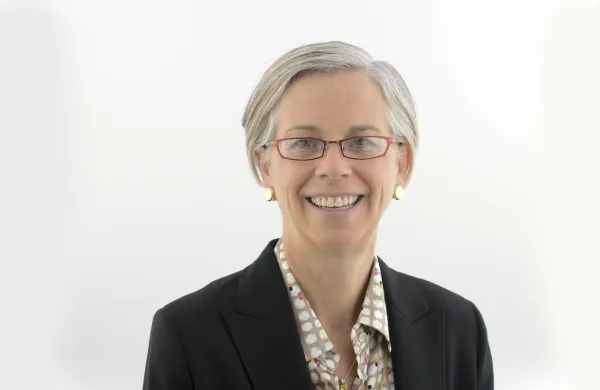Launched as a one-man outfit by Charles Merrill in 1914, the firm that would become Merrill Lynch saw its share of booms and busts as it grew into one of Wall Street’s biggest banks. Merrill, a native of rural Florida who made his way to New York, had the prescience to divest much of his holdings before the 1929 crash. Similar forethought would have served the firm well during the era of collateralized securities in the early 2000s, according to Winthrop (Win) Smith Jr., son of longtime named partner Winthrop Smith and author of the recent book Catching Lightning in a Bottle: How Merrill Lynch Revolutionized the Financial World. A plunge in the value of those instruments precipitated traders’ loss of confidence in Merrill and its September 2008 sale to Bank of America for the bargain-basement price of $50 billion.
The younger Smith, who spent 28 years with the bank, says Merrill Lynch avoided conflicts of interest through practices such as taking brokers off commission and separating research from investment banking. He rose to executive vice president but resigned in 2001 after E. Stanley O’Neal took over as president at Mother Merrill — a nickname that O’Neal enunciated “like a sick man names his disease,” Smith writes. In his view the new boss strayed from the firm’s five founding principles: client focus, respect for the individual, teamwork, responsible citizenship and integrity. Smith, 65, now chairman and CEO of Summit Ventures, parent company of Vermont ski resort Sugarbush, contends that the erosion of those values led to Merrill’s downfall. He recently spoke with Content Editor Anne Szustek about how investment banking can reclaim its primary role as a service industry.
How did Merrill Lynch adjust to changes in the banking industry?
One of the great parts of Merrill Lynch’s history was that it was constantly evolving through innovation. It grew from a small, one-person shop to a large, mobile firm. The thesis of the book is that the reason, I think, the firm was so successful is that it had a set of principles and values that started with Charlie Merrill on January 6, 1914. It maintained those principles through the duration, which created a culture that allowed it to be very successful. Part of why Merrill Lynch ran into difficulty between 2002 and 2007 is that a lot of those values were forgotten. Ultimately, that’s what led to the problems it ran into with subprime mortgages and [collateralized debt obligation] trading.
What was Merrill’s main problem in the 2000s?
All firms make mistakes, Merrill included. It had a problem with McDonnell Douglas in the 1960s. It had problems with Orange County in the 1990s. The firm learned from those mistakes, and it had that North Star I mentioned: those five principles. What happened in the post-2002 era, in my opinion, is that [O’Neal,] the new CEO at the time, got rid of lots of experienced people and put in smart people who didn’t necessarily care about what made Merrill successful. A lot of business was shed in favor of making a lot of profits by getting into the subprime business.
How do you see investment banks’ role changing with regard to the capital markets?
The average investor needs a system of regulation that allows them to believe that they are being treated on the same basis as the big boys. Wall Street firms need to regain the trust and confidence of Main Street, and that’s only going to happen if people really think the financial industry is working in their best interests. Post-2008 a few banks nearly brought the world down. The public perceived that the executives who were responsible weren’t held accountable.
How can Wall Street regain public trust?
First and foremost, I think Wall Street has to be focused on the client. Something subtle that happened at a lot of Wall Street firms is that there was less talk about the client and more talk about counterparties. In the late 1990s and 2000s, a great deal of Wall Street firms’ profitability started to come from the trading desks — the fixed-income desks in particular. Traders gained more power; those executives became more influential and in many cases the leaders of the firm. If you go back 20 or 30 years, however, Goldman Sachs came up on the client side of the business. Merrill was always run by somebody on the client side. Wall Street needs people running firms who know what’s right by the clients.
How effective is post-2008 regulation?
Dodd-Frank can be incredibly confusing to the average person, who might not be quite sure what it is and what, if anything, materially has changed. Also, we always have to be careful that government doesn’t overinterfere. The Volcker Rule makes sense in some ways, but it also can create unintended consequences by taking away liquidity in the capital markets. You need self-regulation on the part of the exchanges. And you need companies to do their own self-compliance and, most of all, to do the right thing.
Get more on banking.
Follow Anne Szustek on Twitter at @the59thStBridge.





